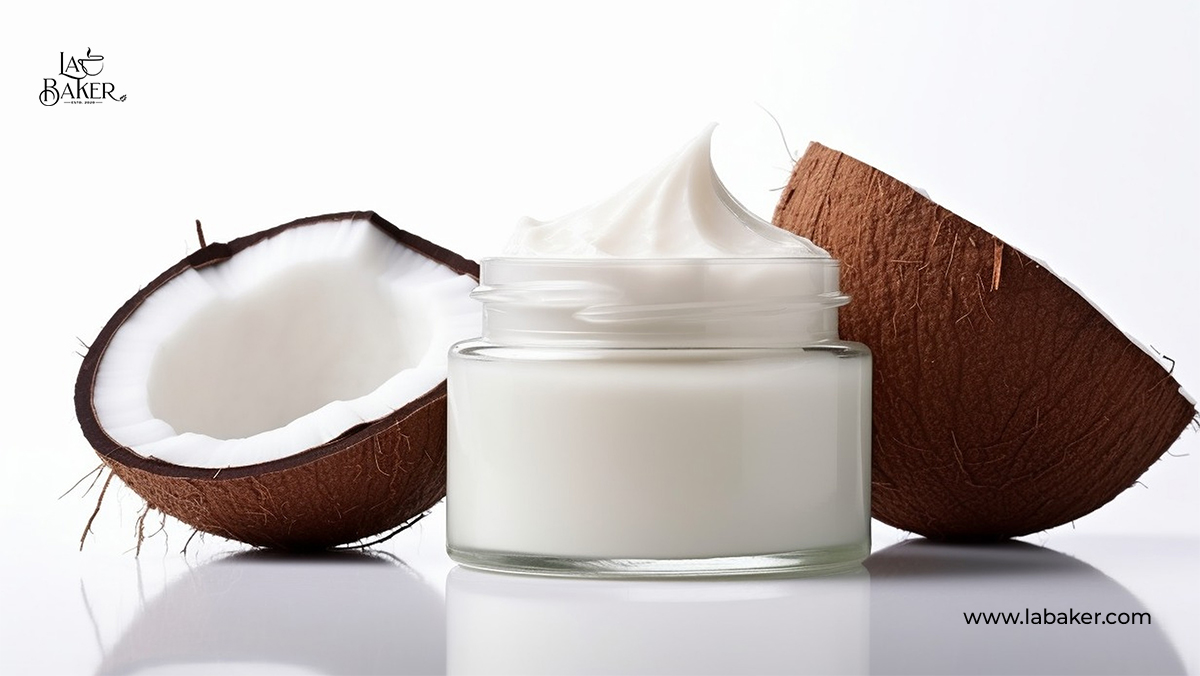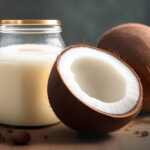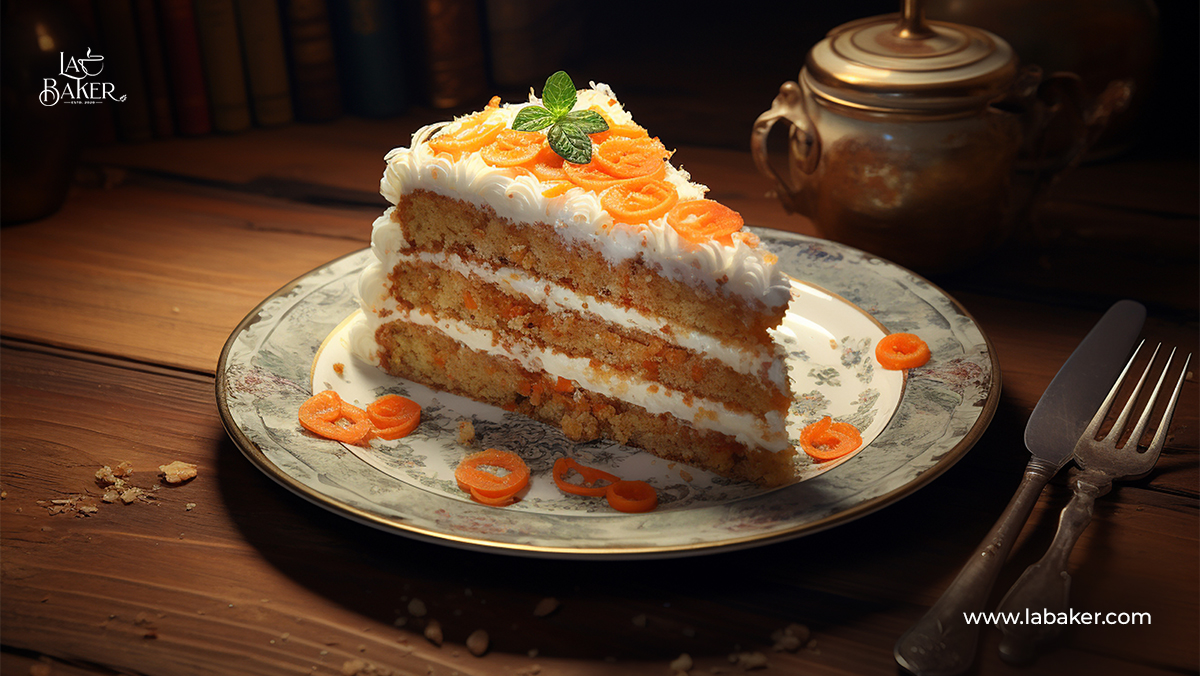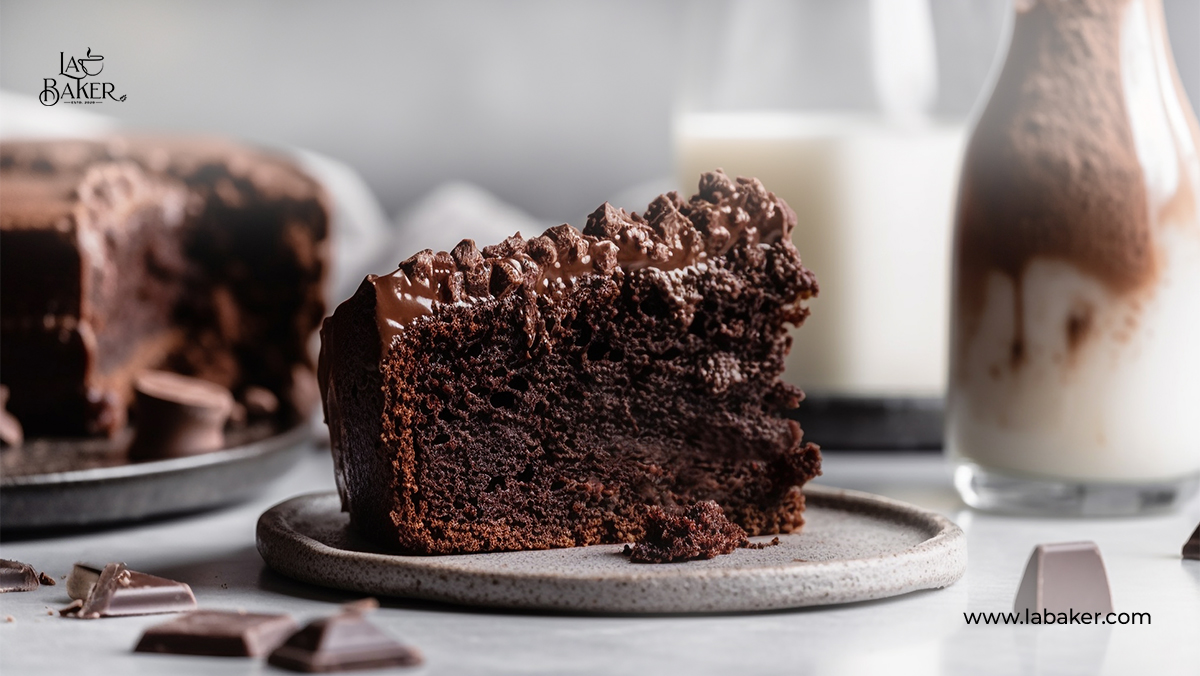
How to Make Coconut Crea...
Coconut cream and coconut milk are two versatile and delicious ingredients that are commonly used in paleo and vegan recipes. While they are similar in some ways, there are key differences between the two.
In this comprehensive guide, we will explore the distinctions between coconut cream and coconut milk, learn how to make coconut cream from coconut milk, and discover various ways to use these creamy delights in your culinary creations.
Understanding Coconut Cream and Coconut Milk
Coconut milk and coconut cream are derived from the flesh of mature coconuts. They are rich in flavor and provide a creamy texture to a wide range of dishes. However, their fat content and consistency vary.
Coconut Milk: Coconut milk is made by blending coconut flesh with water and then straining the mixture. It has a thinner consistency and contains between 9% to 15% fat. You can find coconut milk in both canned and carton forms. Canned coconut milk is typically full-fat and is an excellent substitute for whole milk in recipes. On the other hand, carton coconut milk is lighter and lower in fat, making it suitable for drinking or adding to cereals and beverages.
Coconut Cream: Coconut cream is made by simmering four parts coconut flesh with one part water and then straining the mixture. It has a thicker consistency and contains a higher fat content, ranging from 19% to 22%. Coconut cream can be likened to heavy whipping cream and can be used as a substitute in recipes that call for heavy cream. When using coconut cream instead of heavy cream, expect a subtle coconut flavor in your dish.
Making Coconut Cream from Coconut Milk
If you find yourself in need of coconut cream but only have coconut milk on hand, don’t worry! You can easily transform coconut milk into coconut cream with a simple refrigeration process.
Step 1: Selecting the Right Coconut Milk
To make coconut cream, you’ll need a can of full-fat coconut milk. Look for coconut milk without additives or guar gum, as these can affect the final texture of your cream. Some recommended brands include Natural Value Pure Coconut Cream, Aroy-D, Native Forest, and Trader Joe’s Coconut Cream.
Step 2: Refrigerating the Coconut Milk
Place the unopened can of coconut milk in the refrigerator overnight. The cold temperature will cause the coconut cream to solidify and separate from the liquid.
Step 3: Separating the Coconut Cream
Carefully remove the can from the refrigerator, making sure not to shake it. Open the can, and you’ll notice that the coconut cream has risen to the top and solidified, while the coconut water remains at the bottom. Using a spoon or spatula, scoop out the coconut cream, leaving the coconut water behind. Transfer the cream to a separate container.
Step 4: Storing and Using Coconut Cream
You can store the coconut cream in an airtight container in the refrigerator for up to one week. Use the coconut cream in recipes that call for coconut cream, such as curries, soups, desserts, or even as a dairy-free whipped cream substitute. The possibilities are endless!
Creative Uses for Coconut Cream
Coconut cream is a versatile ingredient that can elevate the flavor and texture of a variety of dishes. Here are some creative ways to use coconut cream in your culinary endeavors:
Dairy-Free Whipped Cream
Coconut cream makes an excellent substitute for traditional dairy whipped cream. Simply refrigerate a can of coconut cream, scoop out the solidified cream, and whip it with a hand mixer or stand mixer until light and fluffy. Add a sweetener of your choice, such as honey or maple syrup, and a splash of vanilla extract to enhance the flavors. Use this dairy-free whipped cream to top desserts, hot cocoa, or fresh fruits.
Creamy Curries and Soups
Coconut cream adds a luscious and creamy texture to curries and soups. Its natural richness pairs well with spices and can help balance out the flavors in savory dishes. Add a dollop of coconut cream to your favorite curry recipe or blend it into soups for a velvety finish.
Decadent Desserts
Coconut cream is a dream ingredient for creating indulgent desserts. Its creamy consistency and subtle coconut flavor lend themselves well to desserts like coconut milk ice cream, coconut flour cake, coconut pancakes, and coconut cream pies. Get creative and experiment with different recipes to satisfy your sweet tooth.
Creamy Smoothies and Beverages
Instead of using dairy milk in your smoothies or beverages, try adding coconut cream for a tropical twist. It adds a creamy and velvety texture to your drinks while imparting a hint of coconut flavor. Blend it with your favorite fruits, leafy greens, and a splash of coconut water for a refreshing and nutritious treat.
Dairy-Free Coffee Creamer
If you’re looking for a dairy-free alternative to coffee creamer, look no further than coconut cream. Mix coconut cream with a dash of vanilla extract and a sweetener of your choice, such as maple syrup or coconut sugar. Stir it into your coffee for a rich and creamy cup of joe.
Dairy-Free Frosting
Coconut cream can be transformed into a delectable dairy-free frosting for cakes, cupcakes, and cookies. Whip chilled coconut cream with powdered sugar and vanilla extract until light and fluffy. Spread it over your baked goods for a creamy and decadent finish.
Conclusion
Coconut cream and coconut milk are versatile ingredients that can elevate the flavors and textures of various dishes. By understanding the differences between coconut cream and coconut milk, you can make informed choices in your recipes and enjoy the unique qualities each offers. With the step-by-step guide on making coconut cream from coconut milk, you can easily create a homemade alternative whenever needed. So, go ahead and explore the many delicious ways to incorporate coconut cream into your culinary creations. Let your taste buds be your guide as you embark on a coconut-infused culinary adventure!
Frequently Asked Questions
1. Is coconut cream the same as cream of coconut?
No, coconut cream and cream of coconut are not the same. Coconut cream is unsweetened and is primarily used in savory dishes. Cream of coconut is sweetened and used in desserts and cocktails.
2. Can I substitute coconut cream for coconut milk in recipes?
Yes, you can substitute coconut cream for coconut milk, but you may need to dilute it with water as it’s thicker and richer. Use a 1:1 ratio or adjust to achieve your desired consistency.
3. How should I store coconut cream?
Coconut cream should be stored in an airtight container in the refrigerator. It can also be frozen for longer-term storage. Always check the label for any specific storage instructions.
4. What are the nutritional benefits of coconut cream?
Coconut cream is a good source of healthy fats, particularly medium-chain triglycerides (MCTs). It also contains some vitamins and minerals like iron and potassium. However, it is calorie-dense, so consume it in moderation.
Sorry, the comment form is closed at this time.






